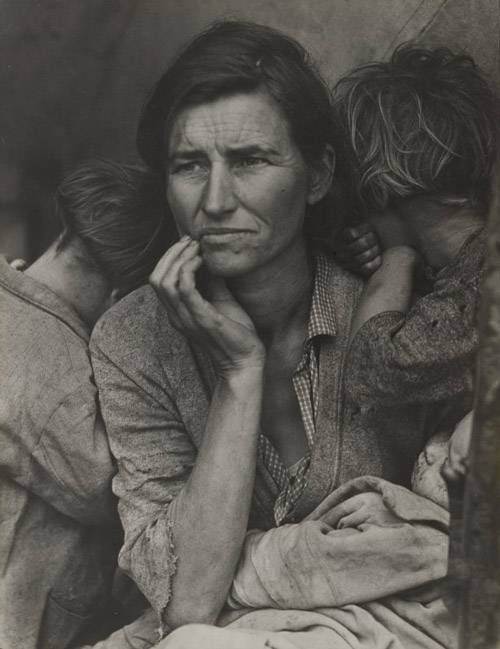
Henk Pander (American, born The Netherlands, 1937), “Eruption of Saint Helens from Cable Street, 1981” (a/k/a “View of Portland”), Oil on linen, 54 x 64 inches, City of Portland, courtesy of the Regional Arts and Culture Council.
‘Volcano!’ Mount St. Helens in Art – Portland Museum To commemorate the 40th anniversary of the great eruption of Mount St. Helens in 1980, the Portland Art Museum presents an exhibition that examines artists’ responses to the awesome beauty and power of the volcano. February 8, 2020 – May 17, 2020.]]>
Source: Portland Art Museum
From pre-contact Native American objects to contemporary paintings, drawings, and photographs, the show traces the mountain’s changing image and significance for local peoples.Native Americans used the substance of the volcano—mainly basalt and obsidian—to create objects of great beauty and utility. While Mount St. Helens featured in their creation stories, no depictions of the volcano in the visual arts are known before the mid-1840s, when explorers Henry James Warre and Paul Kane traveled through the area. As luck would have it, their visits coincided with the volcano’s last eruptive period and they recorded the venting of steam and ash on the north side, presaging its destruction on May 18, 1980.
Beginning about 1870, when the volcano was quiet once again, Portland’s leading landscape artists celebrated the picturesque beauty of the nearly symmetrical cone rising from the surrounding landscape. The exhibition includes fine examples created for Pacific Northwest homes by Eliza Barchus, Grace Russell Fountain, Clyde Leon Keller, William Samuel Parrott, Cleveland Rockwell, and James Everett Stuart, as well as paintings by artists such as Albert Bierstadt who were visiting the area from the East Coast. Interestingly, paintings of Mount St. Helens were historically rare compared with the numerous images of Mount Hood—but that would change in 1980.
In more recent years, artists have sought to depict the instability of the mountain and our knowledge that another eruption could happen at any time. Cameron Martin’s “Remission”, an 11-foot-wide painting expressing this instability in purely visual terms, closes the exhibition.
Related content
50 great landscape paintings
Follow us on:


